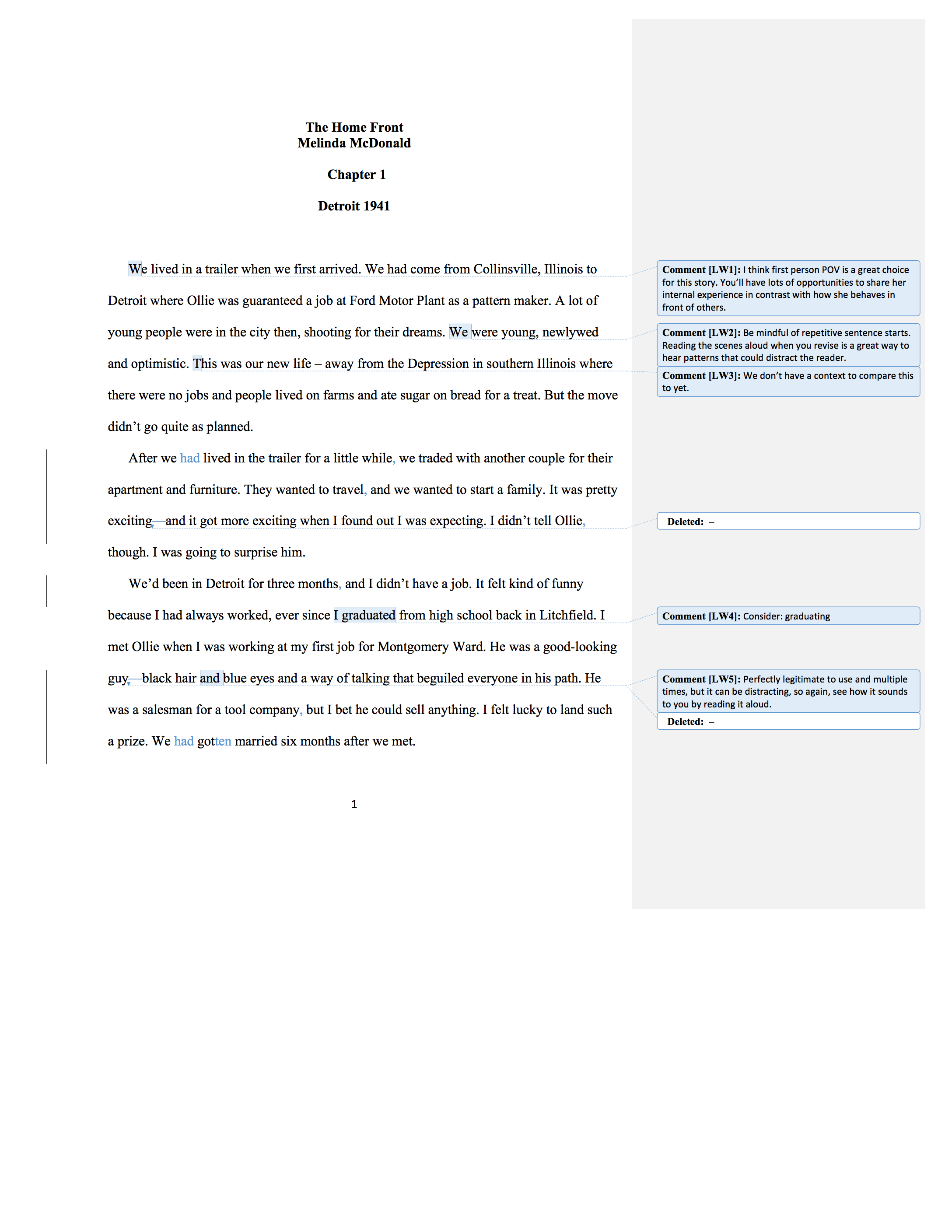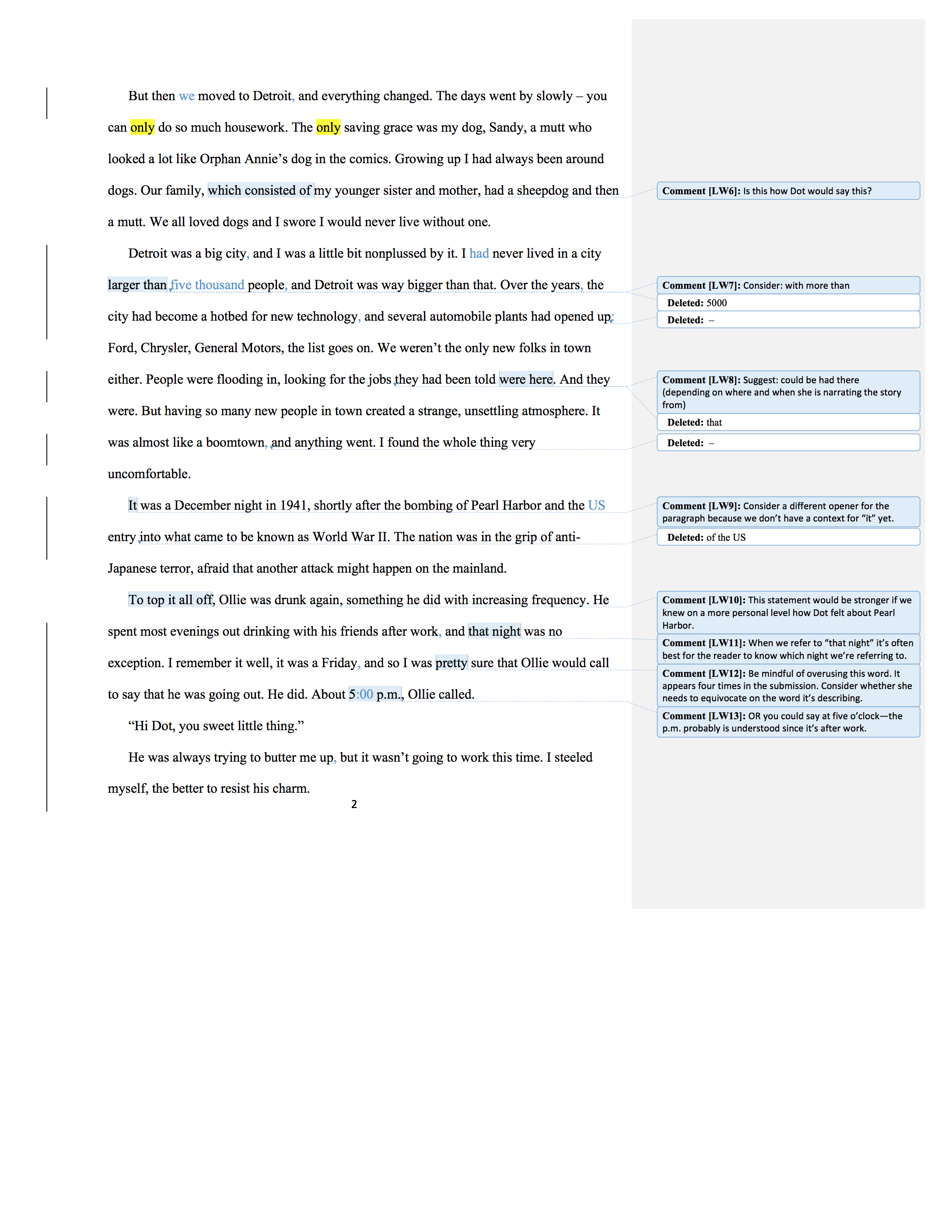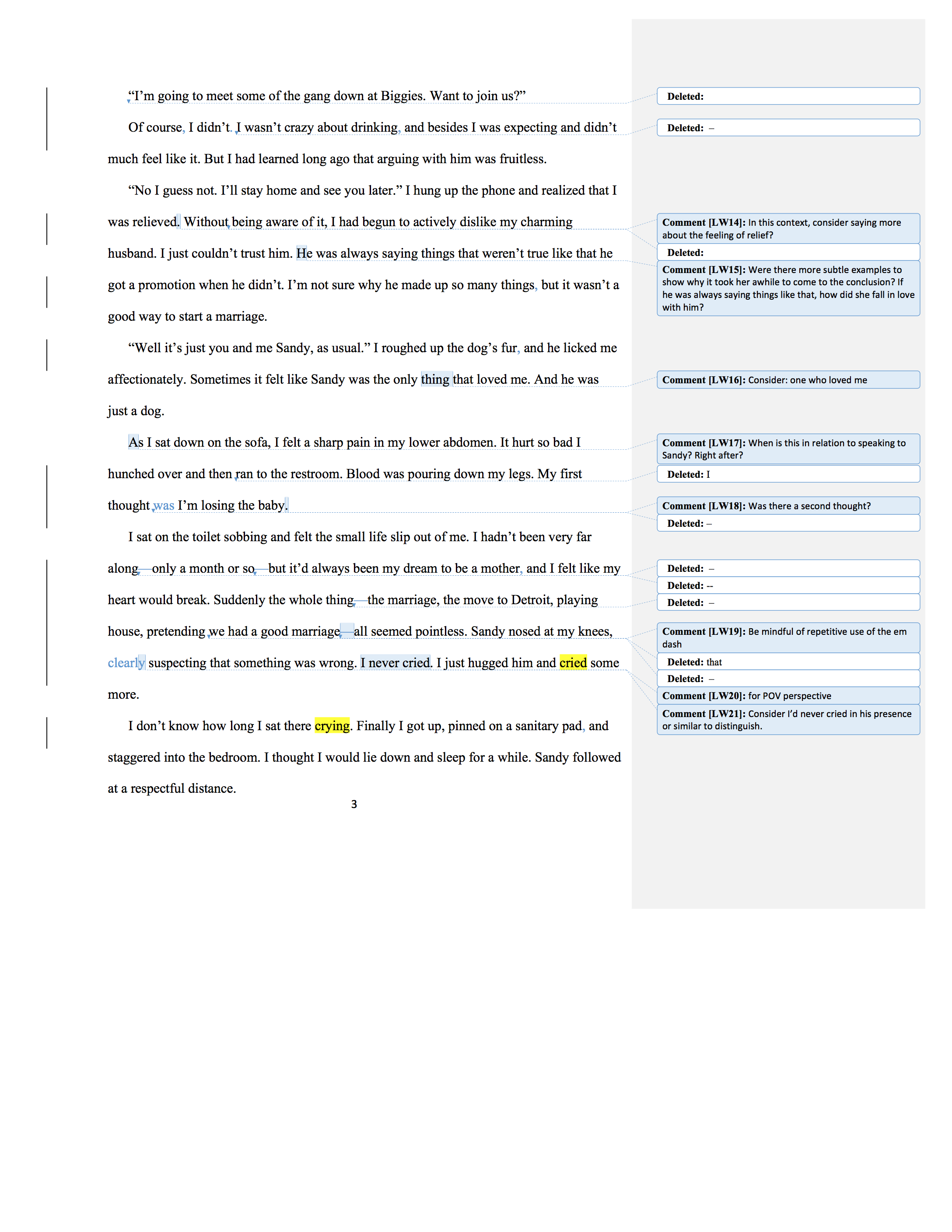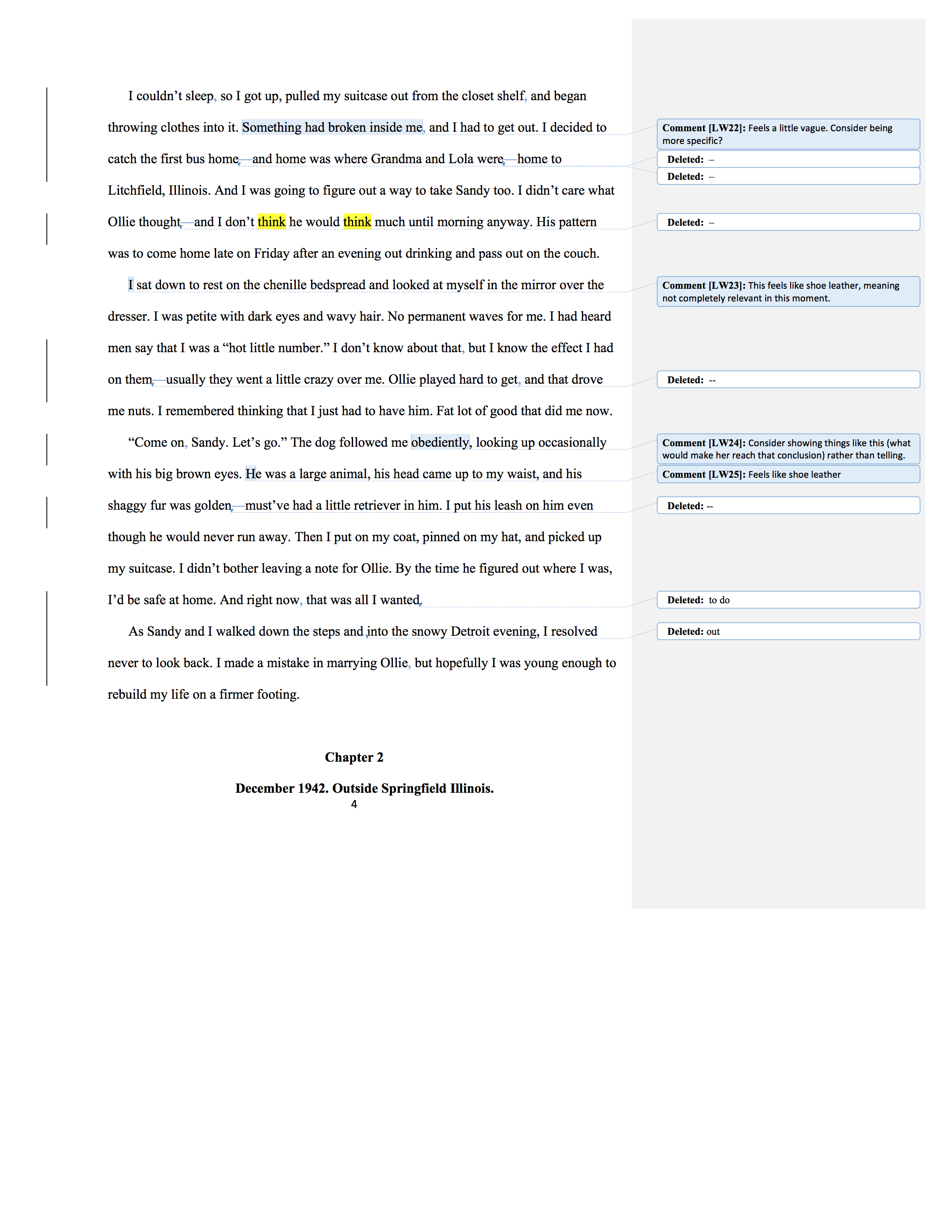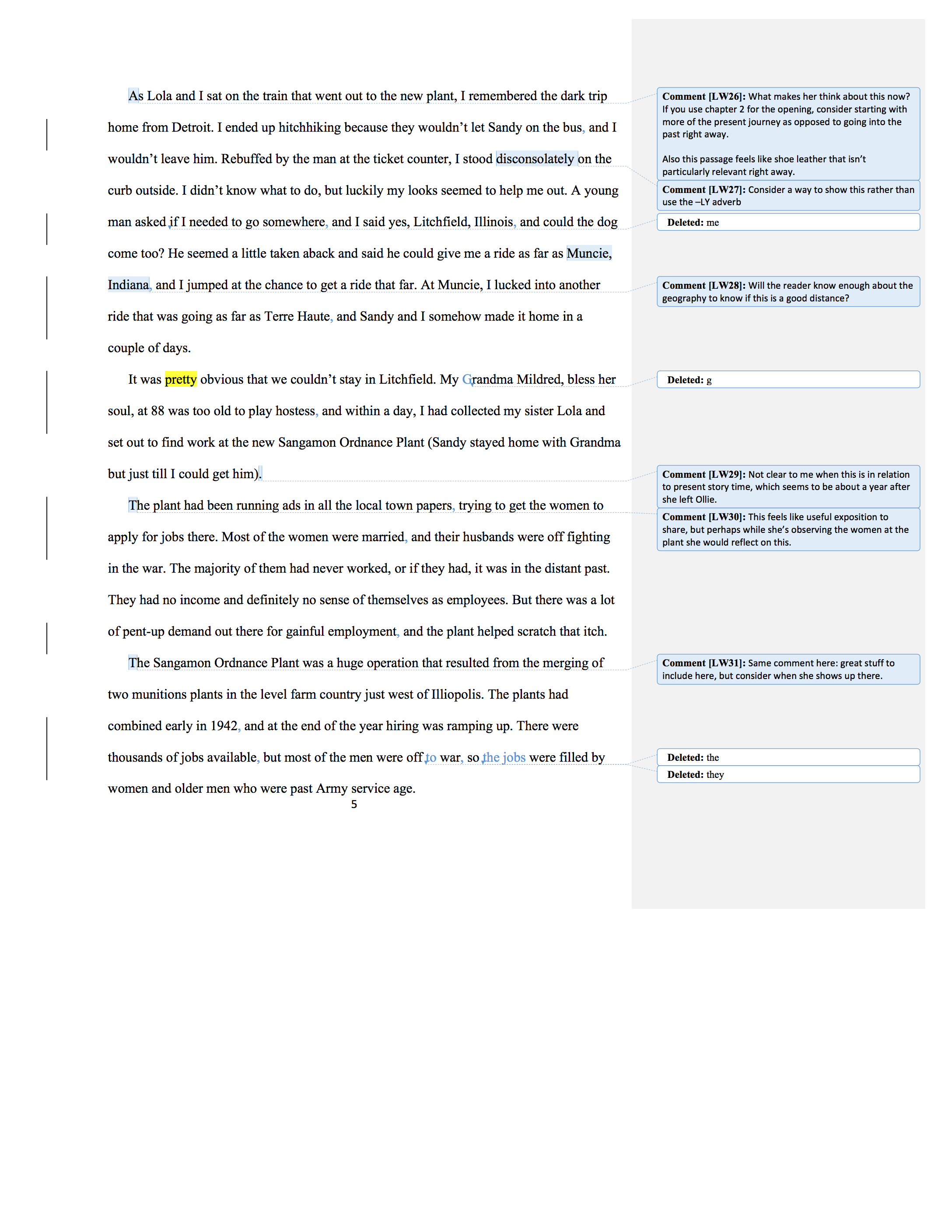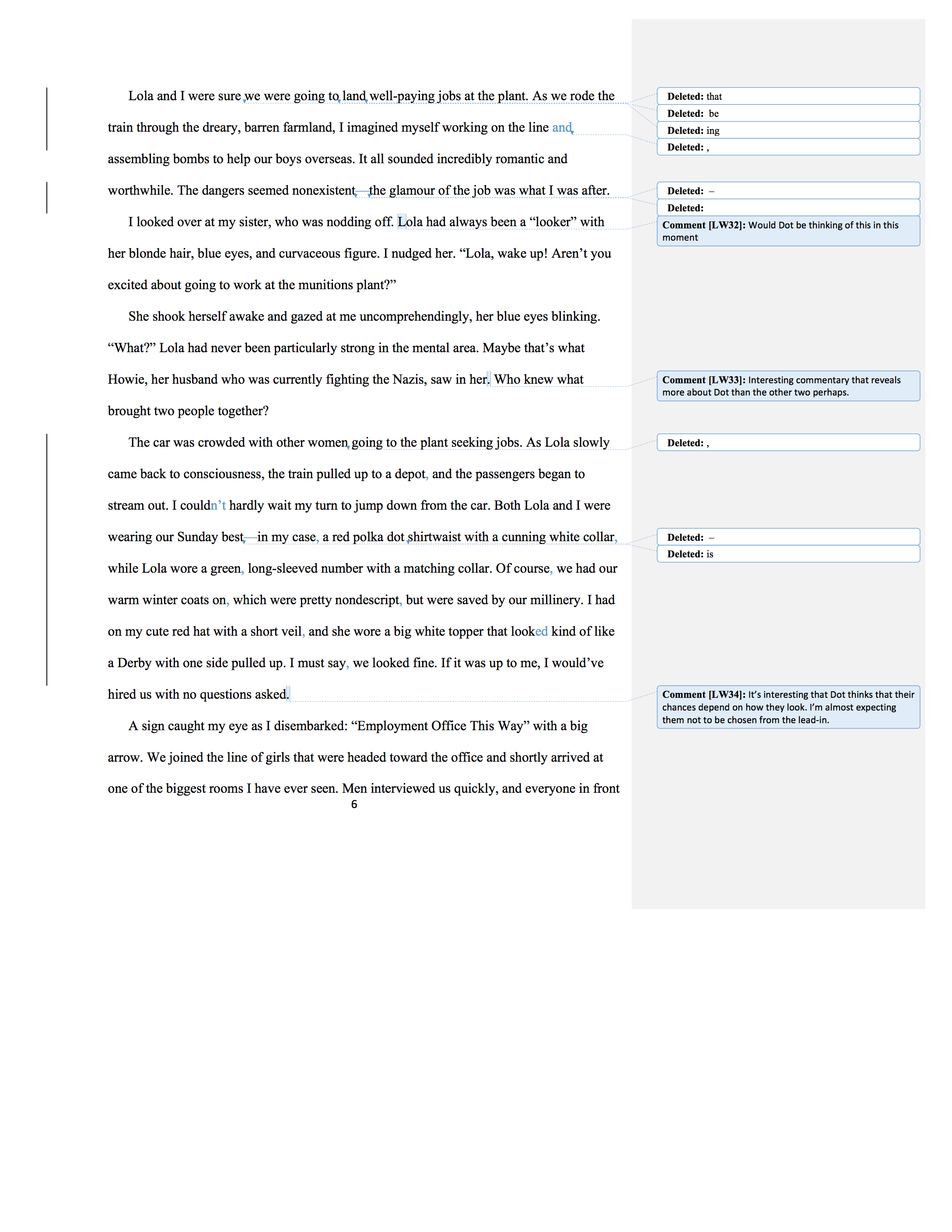In this episode, Leslie Watts is joined by author and fellow Story Grid editor Jarie Bolander. They critique the opening chapters of The Home Front, a women’s society novel by Melinda McDonald. Shoe leather, that is extra description, backstory, and information your reader doesn’t need, can weigh down your prose.
The editorial mission this week will help you seek out and eliminate shoe leather and use exposition in a more powerful way. Shoe leather is part of discovering your story during early drafts, and you can often use this at strategic points in your story. Leslie and Jarie also talk about what makes a society story great and how to start your story with a bang.
Listen to the Writership Podcast
This week's submission contains a description of a miscarriage.
About Our Guest Host
Clark is taking a well-deserved break from the podcast, so today we're joined by Jarie Bolander, author of The Entrepreneur Ethos and Story Grid Editor. Find out more about Jarie at his site, thedailyMBA.com, or on Twitter @thedailymba.
Wise Words on Society
“We are not enemies, but friends. We must not be enemies. Though passion may have strained, it must not break our bonds of affection. The mystic chords of memory will swell when again touched, as surely they will be, by the better angels of our nature.”
Mentioned on the Show
Join the Writership Book Club!
This month, we’re reading four stories from The Best Science Fiction and Fantasy of the Year, Volume 10. We’ll read and analyze it the way Leslie does for a Story Grid Diagnostic, and we’ll discuss it in a recorded call. For more information about the book club, visit Patreon.
Support Clark and get a great deal
As you may know, our co-host Clark has been having a rough time recently. While we as a community can’t help him with his health or rewrite his circumstances, we can help give him a little financial breathing room AND get an amazing deal on his course, Advanced Novel Writing With Harry Potter, at the same time!
Advanced Novel Writing With Harry Potter is professionally recorded and breaks down the secrets behind why the series works so well and sold by the boatload. It’s really good stuff.
He’s also doing a special on it right now: Pay What You Want.
That’s right: The course normally retails for $197, but for a very limited time you can pay anything you want and receive this amazing course in its entirety!
The Writership Index
Listeners have asked for an index of the podcast episodes and the topics discussed, so we've put together a Google spreadsheet containing details of each episode, its airdate, author name, story title, genre, story type, published location, author website, and topics discussed. Get access to the spreadsheet here.
Editorial Mission—Seeking Shoe Leather
If you are in the revision phase for your work in progress, select a scene from the beginning, middle, and end of your story. Save a fresh copy of these scenes and read them aloud. Identify passages of shoe leather, that is description, backstory, action, or dialogue, that doesn’t move the story along. Read closely and be ruthless. Ask yourself, why is this passage, paragraph, or sentence included? If there isn’t a good reason, cut it. Then set those scenes aside.
Come back to it in a day or two and reread the scenes you’ve edited. Then reread the original scenes. How do they compare? Look at the scenes in light of what I have called the distillate (more about that here) or Foolscap Global Story Grid. This is a one pager that includes the essence of your story. In other words, you want to evaluate these parts through the filter of your story without having to reread it. Don’t know how to make a foolscap? Find out more here. Revise accordingly and incorporate into your current draft.
If you don’t have a complete draft of your story yet, don’t edit look for shoe leather yet. Shoe leather happens as your figuring out the story. Save this mission for your first revision.
Editing Advice to Our Author
Dear Melinda,
Thank you so much for sharing your submission with us! Dot is a great character who seems to start in a strategically advantageous place for a women’s/ historical society story. That sounds way more technical/boring than I mean it to be. She’s bold enough to walk out on a marriage that is unsatisfying to her, but she was not sophisticated enough to avoid it in the first place. The beauty of historical fiction is that you can present situations that reflect the power struggles in our own time (gender, immigration, wealth) without its being “on the nose.” Both the similarities and contrasts to our own time make this a fantastic setup for your story.
In thinking about a good next step for your story, I recommend considering the way the opening scene. Chapter two felt more engaging in part because Dot is interacting with people, which provides fewer opportunities for extra information. In the first chapter, she spends a lot of time alone, which may be indicative of the marriage, but even for a “quiet novel,” you want a strong hook for the opening.
When we talk about “hooks” sometimes we mean the beginning hook (the first commandment of storytelling in Story Grid parlance). This is act one of a three-act story or the setup for the ending payoff. An effective beginning hook grabs the reader so they feel compelled to find out how everything works out.
Another kind of hook (I’ll call it the initial hook) is the first paragraph or first few lines of chapter one (or a prologue when you have one). The initial hook has a similar purpose but is smaller in scope. You must capture the reader’s attention in the first moments of reading so they are willing to find out what the story’s beginning hook is all about. Sometimes this initial hook involves the protagonist’s story problem, but other times there is a bridging conflict that is somehow related to or points to the main event.
Options for this initial hook include raising a question; an intriguing character with a strong voice; odd circumstances, image, or setting; or immediate relatable stakes (discussed in episode 95). You don’t have to use all of them or even more than one if you have one strong element.
Here is the opening:
We lived in a trailer when we first arrived. We had come from Collinsville, Illinois to Detroit where Ollie was guaranteed a job at Ford Motor Plant as a pattern maker. A lot of young people were in the city then, shooting for their dreams. We were young, newlywed and optimistic. This was our new life – away from the Depression in southern Illinois where there were no jobs and people lived on farms and ate sugar on bread for a treat. But the move didn’t go quite as planned.
Here are some potential sources for hooks from the opening:
Question: In what way did things not go as planned for Dot? This is a pretty good question, but we might need a more vivid context.
Intriguing characters: We don’t have enough information to make Ollie and Dot stand out yet—they are young newlyweds moving to a new place, so optimism is, if not expected, at least not unexpected, and they are two people among many who are doing this. By the end of the scene, I feel empathy for Dot, but I don’t know enough about her at this point.
Strong voice: Dot’s voice seems appropriate for her character, but it doesn’t really stand out in the first chapter.
Circumstances: Although certain aspects of Dot and Ollie’s experience are different from our own, there is a certain timelessness about their circumstances: a young couple from a (presumably) small town moves to the big city to start a new life.
Image: I think this could be a lot more powerful. The details overall feel like ideas, rather than a world we’ve dropped into.
Setting: We get place names and a time, and these will bring up certain associations, but, I think the second chapter is a much stronger opening.
Immediate/relatable stakes: Poverty, especially the extreme, sudden, and lasting poverty that the Depression brought can yield immediate stakes, but in the first chapter it’s not specific or personal. We know how bad some people had it in Dot’s town (eating sugar on bread for a treat), but we don’t know how it was for this couple.None of these alone seem to be a strong enough hook—absent a reader’s strong interest in the era or women’s place in society. That could sound a little discouraging, but you have the building blocks with which you could create a strong hook. By making one or two of the elements exquisitely specific, you would accomplish the task. What I mean is a detail or two that sets this couple, the place, or their journey apart.
But … I think the second chapter is a strong contender, depending on Dot’s journey over the entire story. Here’s my thinking on this: The opening scene(s) should establish Dot’s ordinary world, her life as it exists before the Inciting Incident causes everything to go topsy-turvy. If Dot’s story is about finding love at her job, then her marriage is certainly relevant backstory (she wouldn’t be there if she hadn’t left her husband), but I wonder if her “newer” ordinary world in which she lives and works with her sister at the plant is the better springboard. You can reveal Dot’s life with her husband and the miscarriage later, when the information will affect where Dot is in relation to achieving her story goal. This is particularly true if the dark secret you reference is related to these facts.
That’s where our discussion of “shoe leather” comes in. This is information you don’t need. It could be description, backstory, dialogue, action, or even a scene that moves the characters but not the story. When checking your story for shoe leather, consider what the point of view character would notice or not given the circumstances and her mood, but also what the reader needs to know. In a society story, you’ll be given some extra leeway by the reader because we want to know more about the society that exists around the characters, but be judicious in the use of details.
You want to root out shoe leather when you revise, but please no beating yourself up for its existence. It’s a necessary part of discovering the story. Until you get the events down, you can’t know what is shoe leather and what is necessary. It sounds like a bad thing, but understand this is part of the process of transferring the vision of the story in your mind to the reader’s mind. Also, you may need to weave the exposition in later.
Sometimes we need to seed earlier parts of the story with certain facts to set up a later payoff. Exposition may not seem relevant when introduced. That is fine. But check that the exposition makes sense in the context when first mentioned. The bit of information you’re slipping in can and should do more than set up the payoff. Make it relevant to the scene in which it happens by using it to reveal character or create conflict. For example, let’s take Chekhov’s gun … If the POV character needs to notice there is a gun hanging over the mantel because she will need it later (or see that it’s missing later), give her a legitimate reason to make note of it. For example, it’s out of place in the room or someone else mentions it. In other words, use the information as ammunition twice.
Notes from Jarie:
This is a great concept for a story. I especially like this period of American history because it shows the mettle and character of the American experience. Dot is a lovely character and has the potential to be a stellar hero of her own movie. The layers in which her life will be lived will make for some excellent commentary on society. The first two chapters have the bones of the story but it does lack some of the meat. There is a big opportunity for Dot to reflect on the world of 1941 American to set up the rest of her journey.
I hope this is helpful, Melinda. Thank you again for sharing your story with us!
All the best,
Leslie
Line Edits for Our Women's Society Story
Image courtesy of getstencil.com.



